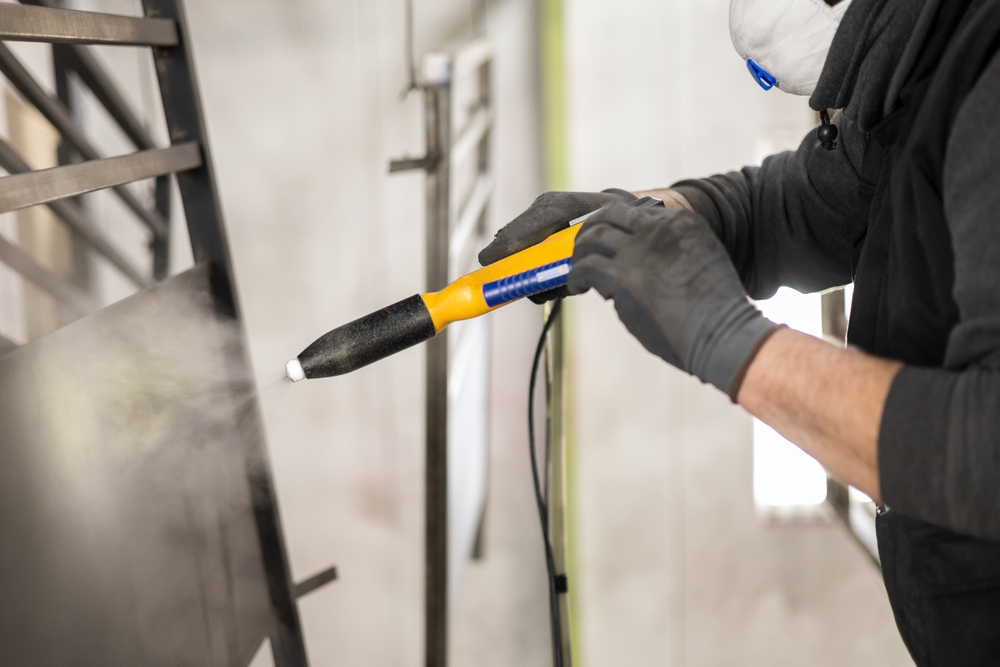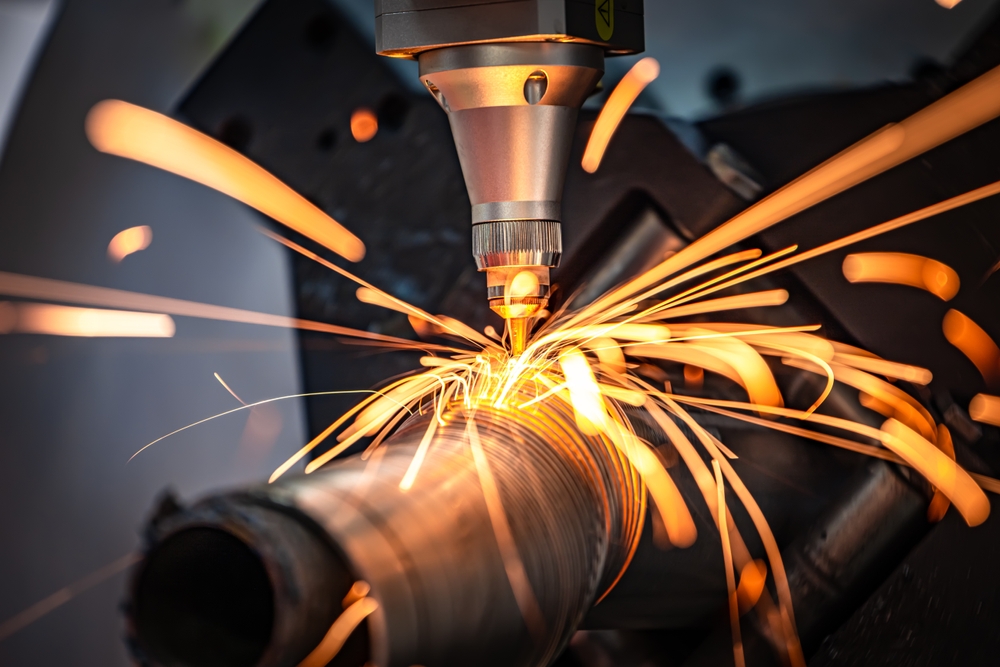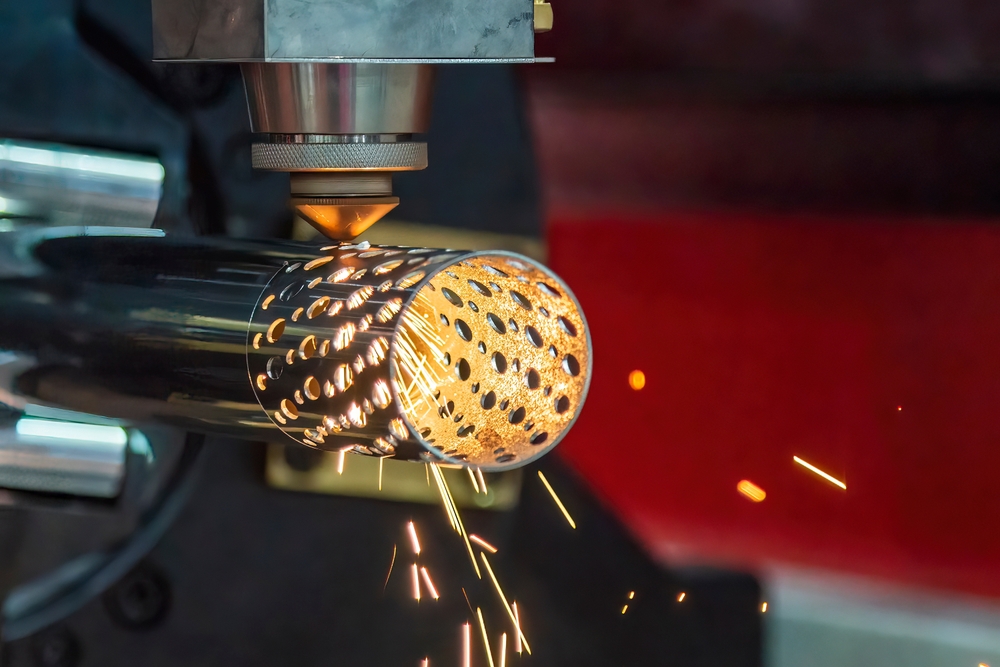Everything you Need to Know About Health and Safety in Construction
By nature, the construction industry comes with risks. Construction workers are regularly handling hazardous materials, working at heights, carrying heavy loads and working in environments that pose long-term health risks. This means that the rules and regulations surrounding health and safety in construction are – and need to be – incredibly stringent and comprehensive and should be followed by every single person on-site.
Employers, site management, contractor clients, and business owners all have a duty of care to those working on their sites to protect them from hazardous substances and safety risks wherever possible. This is where the extensive range of safety requirements and safety regulations for the construction industry come in.
At Salamander Fabrications, we work with a wide range of organisations in the construction industry to improve safety processes and help site managers meet the legal requirements asked of them. Our products have helped ensure the safety of workers all over the country for decades. We’re experts in designing and creating products that help to support safety professionals to ensure that construction activities of all kinds can be carried out safely and efficiently.
To learn more about how we can use sheet metal fabrication techniques to help support safety management in construction or to learn more about health and safety in construction, keep reading!
The Importance of Site Health and Safety
The Health and Safety Executive (HSE) is the regulator responsible for health and safety in the UK. There are health and safety requirements in every industry and the key principles are very similar in many instances. HSE regulations cover not just physical health and preventing injuries to workers but essential health/daily health, mental health/psychological health, environmental management, work-related illness, the control of hazardous substances and workplace hazards, and the duties of employers to protect workers from all of these, among others.
Health and safety on construction sites are of the utmost importance, as there are significant unavoidable risks that are part and parcel of working in construction. Health and safety regulations exist to minimise these risks and prevent potential accidents from happening as much as possible. Deaths on sites and injuries on construction sites are always a possibility, which is why site health and safety exist – to prevent work-related accidents and keep all workers safe while they do their jobs.
How poor health and safety can impact construction businesses
Health and safety regulations are in place for a reason. Many of the rules and regulations construction companies have to follow are based on accidents that have happened in the past, sometimes with tragic consequences. Not following the appropriate guidelines opens you up to the risk of repeating these accidents, and risks the health and lives of workers on your site.
As well as the risk to safety and life on construction sites, incidents, injuries and sickness can also reduce the productivity and profitability of a business. By improving safety, you reduce the likelihood of incidents and allow site workers to get on with their jobs safely and efficiently.
A lack of relevant health and safety provisions also opens organisations up to considerable legal challenges. Health and safety regulations are, more often than not, enshrined in law. This means that not following them is illegal, and the penalties for doing so can be heavy. Companies not following health and safety regulations are likely to invoke hefty fines from the HSE, and in more severe cases organisations can have their memberships and accreditations from industry bodies revoked, or even be banned from operating. Companies are also open to civil suits from employees, their families, or members of the public who have been affected by errors made by companies.
Key Risks to Health and Safety in Construction
There is an extensive list of health and safety legislation that must be followed on construction sites (more on that later!), but there are five key categories which make up the majority of incidents on construction sites today. Companies need to take special care when it comes to these incidents in particular:
- Falls from height – responsible for 50% of fatalities on construction sites and 19% of non-fatal injuries (over double that of all industries).
- Being trapped by something collapsing or overturning – responsible for 13% of fatalities.
- Slips, trips or falls on the same level – responsible for 26% of non-fatal injuries.
- Being struck by a moving, falling or flying object – responsible for 12% of non-fatal injuries and 11% of fatalities.
*All stats taken from HSE 2020/2021 reports.
As well as these key issues and accidents, there are other long-term or delayed-onset conditions for which construction workers are at increased risk. Workplace illness and conditions such as chronic obstructive pulmonary disease (COPD), occupational deafness, hand-arm vibration syndrome (HAVS) and asbestosis can all be caused, or exacerbated, by conditions on construction sites. Health and safety in construction include provisions to help reduce the likelihood of individuals developing these conditions, as well as to protect them from acute hazards on construction sites.
How to Improve Building Site Health and Safety
Choosing the Right Equipment for Your Site
All equipment on construction sites must be assessed based on the safety standards required by law. This includes every piece of machinery or equipment, from large earth-moving and demolition machines to pneumatic drills and clamps, posts, pillars and railings to ensure safety in scaffolding works.
Equipment needs to be tested and analysed to ensure it is as safe as it can be and passes all safety assessments. All equipment should work to minimise risk to workers and to do this in the best way possible. Equipment should also be maintained regularly, and all equipment that needs it should have strict maintenance processes and schedules to ensure that safety law is followed and the risk of injury is as low as it can be.
At Salamander Fabrications, we understand the need for high-quality and safe equipment of all kinds on construction sites. We are acutely aware of the importance of structural safety in all of our products, particularly for those in use on construction sites, as the nature of the work can be so risky.
Extensive On-Site Training
As well as having the right equipment to carry out the job required of them workers must be able to recognise hazards on-site. Health and safety inductions for all staff should be comprehensive and carried out by a qualified and competent health and safety specialist. Workers should also be upskilled on their health and safety knowledge at any given opportunity – not only does this benefit individuals and provide them with job satisfaction, but it also means that issues are likely to be picked up considerably faster, allowing site owners and managers to rectify them before they cause an incident.
Creating a Consistent Strategy for Health and Safety in Construction
Comprehensive health and safety doesn’t just happen overnight. It requires a complete strategy based on relevant legislation and a safety culture that puts workers and their health first. Risk assessments and method statements are required to understand how to build safe systems on each unique site. The legislative requirements of different sites and projects will impact the overall health and safety strategy that is implemented, and shortcuts cannot be taken in this area.
Key Rules and Regulations in the Construction Industry
There are hundreds of different pieces of legislation that go into health and safety in construction, which is why making a safety plan can be a complex task! These are some of the most important pieces of legislation that anyone working on or with a construction company should be aware of:
- The Health and Safety at Work Etc Act – the Health and Safety at Work Act is not a specific set of regulations, but it is a piece of legislation that covers many other specific health and safety regulations and is how those regulations are enforced in law.
- The Construction (Design & Management) Regulations – known more commonly as CDM regulations, these are a set of construction-specific regulations which are required to be followed on every construction site in the country, whether you’re working on a brand new estate of homes or a small residential extension!
- The Health & Safety (First Aid) Regulations – these regulations apply to every workplace in the country. However, because the construction sector is a higher-risk environment, there are additional first-aid requirements in place.
- The Manual Handling Operations Regulations – these regulations cover the processes required for safe lifting and carrying at work, something that is key for almost every construction site!
- The Reporting of Injuries, Diseases and Dangerous Occurrences Regulations (RIDDOR) – there are set legal processes in place regarding reporting injuries of any kind at work. When it comes to injuries on construction sites, reporting helps the HSE understand how current safety regulations are working and where outstanding safety issues still lie.
- The Health & Safety Signs and Signals Regulations – signs and signals to warn construction workers of different hazards are standardised in the UK so that everyone clearly understands the safety measures that must be taken in different areas of a site.
- The Management of Health & Safety at Work Regulations – this is a key set of regulations for employers. This set of regulations applies to every workplace and requires risk assessments to be carried out and for those risks to be managed and mitigated wherever possible.
- The Control of Substances Hazardous to Health Regulations – also known as COSHH, this is not an exhaustive piece of legislation, but many harmful materials have rules on how they should be handled, and they are laid out in these regulations.
- The Working at Height Regulations – As we’ve discussed, working at height is one of the riskiest parts of work on a construction site. The Working at Height Regulations are intended to minimise the risks associated with working at height wherever possible and need to be followed strictly by all construction workers and employers.
- The Supply of Machinery (Safety) Regulations – UK manufacturers are required to comply with this piece of health and safety legislation, and to have their machinery inspected, if necessary. At Salamander Fabrications, these regulations are something we work in full compliance with. This is particularly important when supplying to the construction industry, something we have extensive experience with.
Of course, this is not an exhaustive list, and health and safety in construction is an increasingly complex discipline. At Salamander Fabrications, we work with sheet metal to help create strong, long-lasting and durable products of all kinds, to help support organisations in the construction sector with their health and safety requirements.
Sheet metal fabrication is an incredibly versatile production process, and can be used to create a massive range of products, including those that support health and safety procedures on construction sites. To learn more about Salamander Fabrications and how we can help you create a safe working environment, please don’t hesitate to get in touch with our team!


